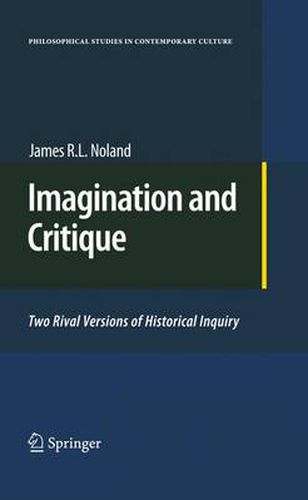Readings Newsletter
Become a Readings Member to make your shopping experience even easier.
Sign in or sign up for free!
You’re not far away from qualifying for FREE standard shipping within Australia
You’ve qualified for FREE standard shipping within Australia
The cart is loading…






This title is printed to order. This book may have been self-published. If so, we cannot guarantee the quality of the content. In the main most books will have gone through the editing process however some may not. We therefore suggest that you be aware of this before ordering this book. If in doubt check either the author or publisher’s details as we are unable to accept any returns unless they are faulty. Please contact us if you have any questions.
This book is most easily described as philosophy of history; however, this descr- tion may be a little misleading. Truly, this is a work of applied philosophy that was originally conceived not in a philosophy seminar but in a school of public policy. As a philosopher learning about the study of public policy formation, I was f- quently struck by what I perceived to be two very different sets of assumptions and methods at work. I found these assumptions and methods to be mutually exclusive conceptually, but they were often employed simultaneously. On the one hand, it was often accepted as given when studying past policy changes and political events that history is shaped by impersonal forces, that p- ple’s actions can, and ought only to be understood as manifestations of their own material interests, and that individuals are to be identi?ed as representatives of their respective demographic categories. Thus, for example, the events in question were explained in terms of the race or class of the various parties. When such an approach was challenged with an appeal to the actual arguments and stated rationales of the participants of the historical moment in question, this was taken to be an option that might be employed either in conjunction with the former method or as an alter- tive. Which method one chose to emphasize or employ exclusively seemed more a function of inclination or intuition than rational adjudication.
$9.00 standard shipping within Australia
FREE standard shipping within Australia for orders over $100.00
Express & International shipping calculated at checkout
This title is printed to order. This book may have been self-published. If so, we cannot guarantee the quality of the content. In the main most books will have gone through the editing process however some may not. We therefore suggest that you be aware of this before ordering this book. If in doubt check either the author or publisher’s details as we are unable to accept any returns unless they are faulty. Please contact us if you have any questions.
This book is most easily described as philosophy of history; however, this descr- tion may be a little misleading. Truly, this is a work of applied philosophy that was originally conceived not in a philosophy seminar but in a school of public policy. As a philosopher learning about the study of public policy formation, I was f- quently struck by what I perceived to be two very different sets of assumptions and methods at work. I found these assumptions and methods to be mutually exclusive conceptually, but they were often employed simultaneously. On the one hand, it was often accepted as given when studying past policy changes and political events that history is shaped by impersonal forces, that p- ple’s actions can, and ought only to be understood as manifestations of their own material interests, and that individuals are to be identi?ed as representatives of their respective demographic categories. Thus, for example, the events in question were explained in terms of the race or class of the various parties. When such an approach was challenged with an appeal to the actual arguments and stated rationales of the participants of the historical moment in question, this was taken to be an option that might be employed either in conjunction with the former method or as an alter- tive. Which method one chose to emphasize or employ exclusively seemed more a function of inclination or intuition than rational adjudication.